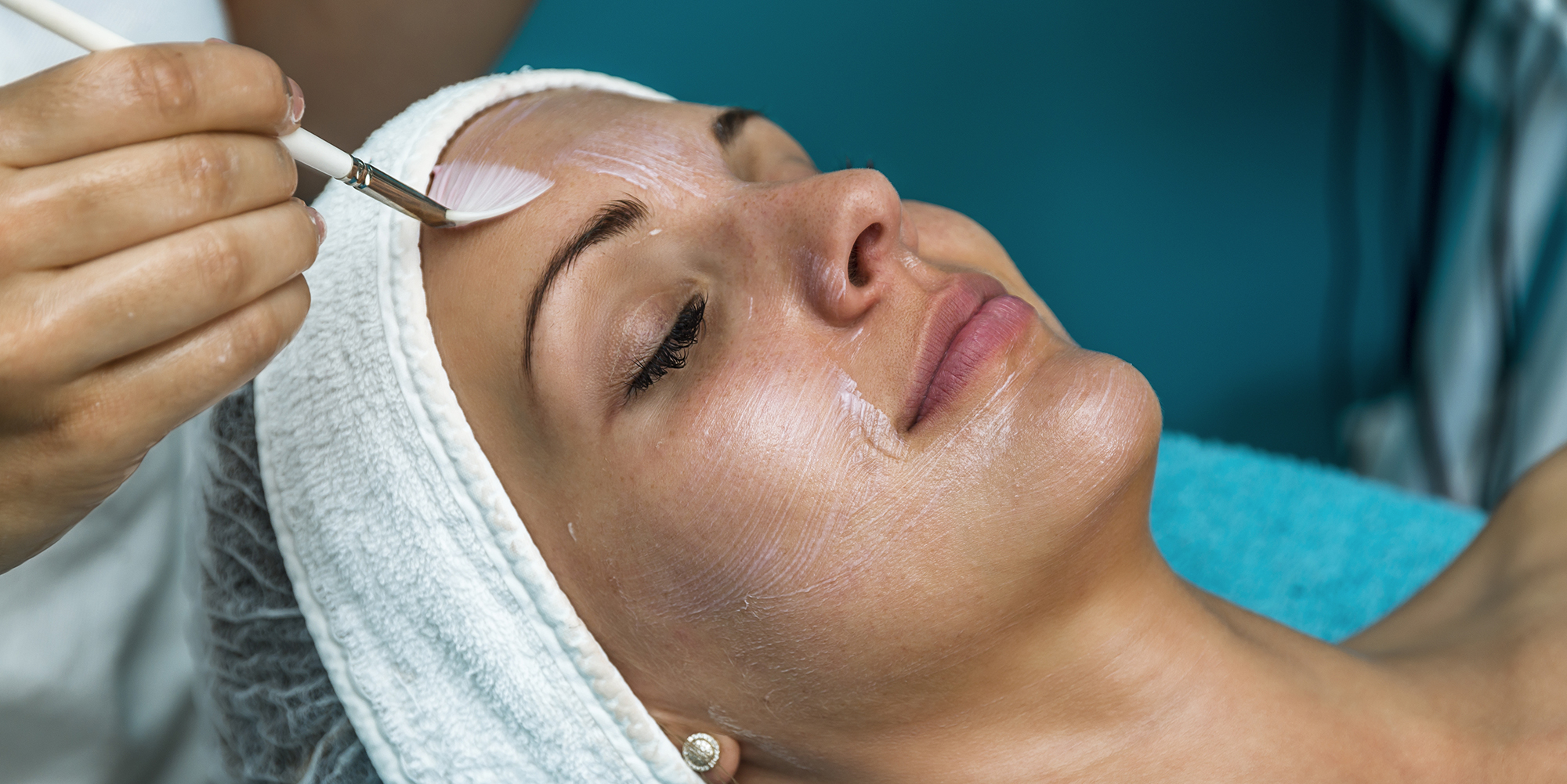What Are Chemical Peels – Basic Understanding About These
A chemical peel is a skin resurfacing procedure in which a chemical solution is applied to the skin to remove the top layers. The skin that grows back after a chemical peel is smoother and younger looking.
What Are Chemical Peels Being Used For?
These peels are used to treat:-
- Wrinkles
- Skin Coloration
- scars typically on the face
What Are Some Typical Ways To Use Chemical Peels? In Other Words, What Are Different Depths At Which Chemical Peels Are Being Used At?
Chemical peels can be done at different depths (light, medium or deep) depending on your desired results. Each type of the peel uses a different chemical solution. Deeper chemical peels produce more dramatic results, but also involve longer recovery period.
- Light chemical peel: A light chemical peel removes the outer part of skin (epidermis). It can be used to treat wrinkles, acne, uneven skin tone and dryness. You might have a light chemical peel as often as every 2 to 5 weeks depending on your desired results.
- Medium chemical peel: This type of chemical peel removes skin cells from the epidermis and the middle layer (dermis). A medium chemical peel can treat wrinkles, acne, uneven skin tone. You might repeat a medium chemical peel after 3 to 9 months to maintain results.
- Deep chemical peel: A deep chemical peel removes skin cells from the epidermis and from portions of the mid to lower layer of your dermis. It can be used for deeper wrinkles, scars or precancerous growth. It can only be performed once.
It is Often Said That Chemical Peels Have Different Side Effects – What Are These?
Redness:
Normal healing from a chemical peel involves redness of the treated skin. After a medium or deep chemical peel, redness might last for several months.
Scarring:
Rarely, a chemical peel can cause scarring, typically on the lower part of the face. Antibiotics and steroid medications can be used to soften the appearance of these scars.
Heart, kidney or liver damage:
A deep chemical peel uses carbolic acid (phenol) which can damage the heart muscle and can cause the heart to beat irregularly. Phenol can also harm the liver and kidneys. To limit exposure to phenol, a deep chemical peel is done in portions at 10 to 20 minute intervals.
Can skin rejuvenation through chemical peels be performed on areas of the body?
Yes, areas that have acne breakouts, scarring, hyperpigmentation, and other skin concerns can be treated with a peel.
These areas include the arms, hands, back, shoulders, neck, chest and the face too.
How long is the recovery after a chemical peel and what type of care is necessary?
Recovery times will vary based on the type and strength of chemical peel. Immediately after the procedure, the skin will feel tight and sometimes red. Peeling usually lasts for 3 to 5 days depending on the actual peel treatment.
Normal activity may be resumed after the peel, however exercise and heavy sweating should be avoided for 2 to 3 days. Sun exposure should be avoided, otherwise it may result in swelling and redness of the skin.
What are the counter indications of chemical peels?
Chemical peels should be avoided if any of the following conditions are present:
- wounded, sunburn or excessively sensitive skin.
- history of recent chemotherapy or radiation therapy.
- women who are pregnant and actively breast feeding.
- patients with dermatitis
What type of chemicals are used in a peel?
The area where the peel is to be applied is cleaned thoroughly. Then a chemical solution is applied. Some of them are glycolic acid, lactic acid, salicylic acid, trichloroacetic acid and carbolic acid (also known as phenol).
What Are Different Type Of Chemical Peels Used By Skin Specialists or Dermatologists Of Cosmetic Expert
Glycolic peel:
The glycolic peel has the smallest molecular size and penetrates the deepest. It’s great for the exfoliation and rejuvenation of aging skin. This type of peel comes in different strengths, depending on the results you’re looking for.
Lactic peel:
The lactic peel is derived from milk which is ideal for skin that’s dry or sensitive to active ingredients like retinol. If you’re concerned about having an adverse reaction, the lactic peel is easier on the skin.
Beta peel:
The beta peel is used to treat acne in both younger and older patients. It uses salicylic acid to exfoliate the skin, help with oil control and target the bacteria that causes acne.
Vitalize peel:
The vitalize peel include citric, lactic and salicylic acid, plus a retinol layer to improve the quality and lighten the pigmentation of your skin.
Pigment balancing peel:
The pigment balancing peel is designed to lighten the pigment of the skin. It is important to have realistic expectations when trying to eliminate brown spots and reduce pigmentation. This procedure takes time and you need to use sunscreen for the pigment balancing peel to have the desired effect.
What should i expect?
Chemical peels should be done in a series of 3 to 6 peels. For the best results, we recommend a series of 6 peels, 3 weeks apart.
Depending on the type of peel, you may notice a mild tingling sensation or feel heat on the skin. By the second or third day you will notice peeling or flaking around the mouth and then the forehead. If you keep your skin well hydrated, it will continue to peel for 7 to 10 days.

